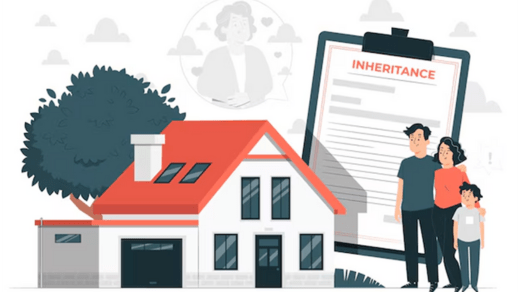How to Navigate the Probate Process After a Loved One’s Death
Losing a loved one is an emotionally challenging experience, and the probate process that follows can add further complexity. Probate is the legal process of administering a deceased person’s estate, which includes distributing their assets and settling any outstanding debts. Navigating the probate process can be daunting, but understanding the steps can help you manage this difficult time. In this article, we’ll guide you through the key aspects of the probate process and provide tips to help you navigate it effectively.
Understand the Probate Process
The probate process typically begins with the filing of the deceased’s will, if one exists, with the local probate court. The court will then appoint an executor or administrator to oversee the estate’s distribution. This individual is responsible for gathering the deceased’s assets, paying any outstanding debts, and distributing the remaining assets to the designated beneficiaries.
Gather Necessary Documentation
To initiate the probate process, you’ll need to gather a variety of documents, including the deceased’s will, death certificate, and any relevant financial records. This may include bank statements, investment accounts, real estate deeds, and any outstanding loans or debts. Organizing these documents early on can help streamline the process.
Notify Relevant Parties
Once the probate process has begun, you’ll need to notify various parties, including the deceased’s creditors, beneficiaries, and government agencies. This may involve publishing a notice in a local newspaper, sending notifications to known creditors, and informing agencies such as the Social Security Administration and the Internal Revenue Service.
Manage the Estate’s Assets and Liabilities
The executor or administrator is responsible for managing the deceased’s assets and liabilities during the probate process. This may involve liquidating assets, paying outstanding debts, and distributing the remaining assets to the designated beneficiaries. It’s important to keep detailed records of all transactions and to work closely with the probate court to ensure compliance with local laws and regulations.
Probates
Probate is a legal process that can be complex and time-consuming, but it is an essential step in ensuring that a deceased person’s estate is properly distributed. By understanding the probates process and taking the necessary steps, you can navigate this challenging time with greater confidence and minimize any potential issues or delays.
Chapter 7 Bankruptcy
While the probate process is focused on the distribution of a deceased person’s assets, it’s important to note that in some cases, the deceased may have had outstanding debts that need to be addressed. In such situations, the executor or administrator may need to consider options such as chapter 7 bankruptcy to resolve these debts and protect the estate’s assets. It’s recommended to consult with a legal professional to understand the best course of action in these cases.
Conclusion
Navigating the probate process after the loss of a loved one can be a daunting task, but with the right information and guidance, you can manage this process effectively. By understanding the key steps, gathering the necessary documentation, and working closely with the probate court and any relevant professionals, you can ensure that your loved one’s estate is properly distributed and any outstanding debts are resolved. Remember to take care of yourself during this difficult time and seek support from family, friends, or professional resources as needed.




